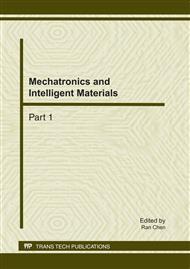p.379
p.384
p.389
p.395
p.400
p.406
p.411
p.416
p.421
Simulation on the Effects of Misaligned Coupling on the Output Intensity Distribution in Water-Jet Guided Laser
Abstract:
Water-jet guided laser machining is a kind of material processing technology using water optical waveguide which is formed by coupling a high energy laser beam into variable-length water jet. In order to design the coupling unit and form the effective energy-jet, the research on the distribution of output intensity is beneficial to understand the structure of the coupling unit and improve the coupling efficiency of laser energy. This paper lists the different coupling misalignments in the coupling unit when laser couplings into water-jet. In this paper, the distribution of energy output intensity in water-jet guided laser is simulated with the ray trace theory under several different types of coupling misalignments with ZEMAX software, the results show that misaligned coupling provide various morphology of energy output intensity distribution: center peak morphology, ring peak morphology, and uniform peak morphology, which provides a method to optimize the energy output intensity distribution of water-jet guided laser.
Info:
Periodical:
Pages:
400-405
Citation:
Online since:
February 2011
Authors:
Price:
Сopyright:
© 2011 Trans Tech Publications Ltd. All Rights Reserved
Share:
Citation:


